- Learning time
- 60 minutes
- First play time
- 150 minutes
Praga Caput Regni
Designed by: Vladimír Suchý
Praga Caput Regni feels like the designer’s love letter to his home town – or city, in Prague’s case. In the game, players oversee the medieval construction of key landmarks that still stand today: the King Charles Bridge; the cathedral. How you go about this building is the key feature of the game, as the choices you make – and the timing you make them with – define your success, or lack of. The goal is to most impress the aforementioned king – to do that, you score the most victory points. To do that… well. Hold onto your construction hats.
Each player begins with a player board showing their gold and stone crane, which track how much gold and stone you have at any given moment; and also your gold and stone mines, which track how much of each resource you can get when you ‘run production’ on either.
Running production is just one of several actions you can choose from on your turn. On the main board, as well as the fledgling Prague itself are a number of other artefacts, one of which is the action wheel. This is populated by action tiles at the start of the game, and you begin your turn by selecting one. Having chosen the action, you also get a reward from the wheel itself – some stone, gold, a window – more on windows in a bit – or a special one-off ability, such as turning gold into eggs. We’ll come to eggs later too.
Then you take your action. You can build buildings in the city, contribute to the construction of the King’s Road, run production as previously mentioned, upgrade your actions, or build walls.
Buildings score you points and/or other rewards, but here we need to pause and look at the Hunger Wall and Cathedral, in their 3D cardboard splendour in a corner of the board. When you build it’s likely that the buildings reward you red or blue bonus tokens. At the end of the game, these will score according to how far you’ve pushed this cube along these tracks, representing your contribution to their construction. As well as fuelling the collection of the tokens, buildings can also push you along the tracks.
Briefly, the King’s Road showers you with goodies (especially if you have eggs to contribute), upgrading your actions boosts other actions for the rest of the game (eg get gold every time you build a building) – these upgrades are physical tiles that cover and replace your basic actions on an action board – and finally walls go around your action board, providing potential benefits now, and points at the end of the game – the more walls the better.
Eggs aren’t quite as incongruous as they might sound – King Charles famously used them in the construction of the bridge, where the King’s Road enters the city proper. Windows are used in two ways – one is to push you along in the Cathedral/Hunger Wall, another is to faciliate bonus turns – you only get sixteen standard turns in the entire game, so this can be extremely useful.
There are a lot of spinning plates here and we can’t possibly cover everything, not even briefly. But it’s probably worth mentioning that the action selection from the wheel is seeded with tension – some spots are free, some spots cost you to take the action. Others reward you for taking the action! But the wheel is in motion: at the end of your turn, you put the action tile back in the wheel at 11 o’clock, and rotate the wheel clockwise, rotating all the actions as you do so.
The guru's verdict
-
Take That!
Take That!
The little interaction with two rises if you play with three or four, as actions, buildings, technologies and town spaces all get gobbled up by others. But there's no arbitrary nastiness or 'you lose' type moments here. Prague is kind.
-
Fidget Factor!
Fidget Factor!
The first time - maybe the first 2 or 3 times - you play, fidgeting could well be a thing. Although there's only six actions to choose from, the ramifications from each choice echo all the way down the line.
-
Brain Burn!
Brain Burn!
Praga doesn't actually drown you in rules or complexity. What makes it a 'big' game is the cascading of rewards: you might take an action which gives you bonuses, those bonus trigger another bonus, you get a technology and therefore another bonus, and so on. Simply keeping track requires a bit of concentration!
-
Again Again!
Again Again!
Once you're familiar with how Praga works, you'll see there are multiple ways to proceed, and pursuing the various paths whilst dealing with the random draws of the building/wall/upgrade tiles, along with the interference of your opponents, are what keeps the game fresh.

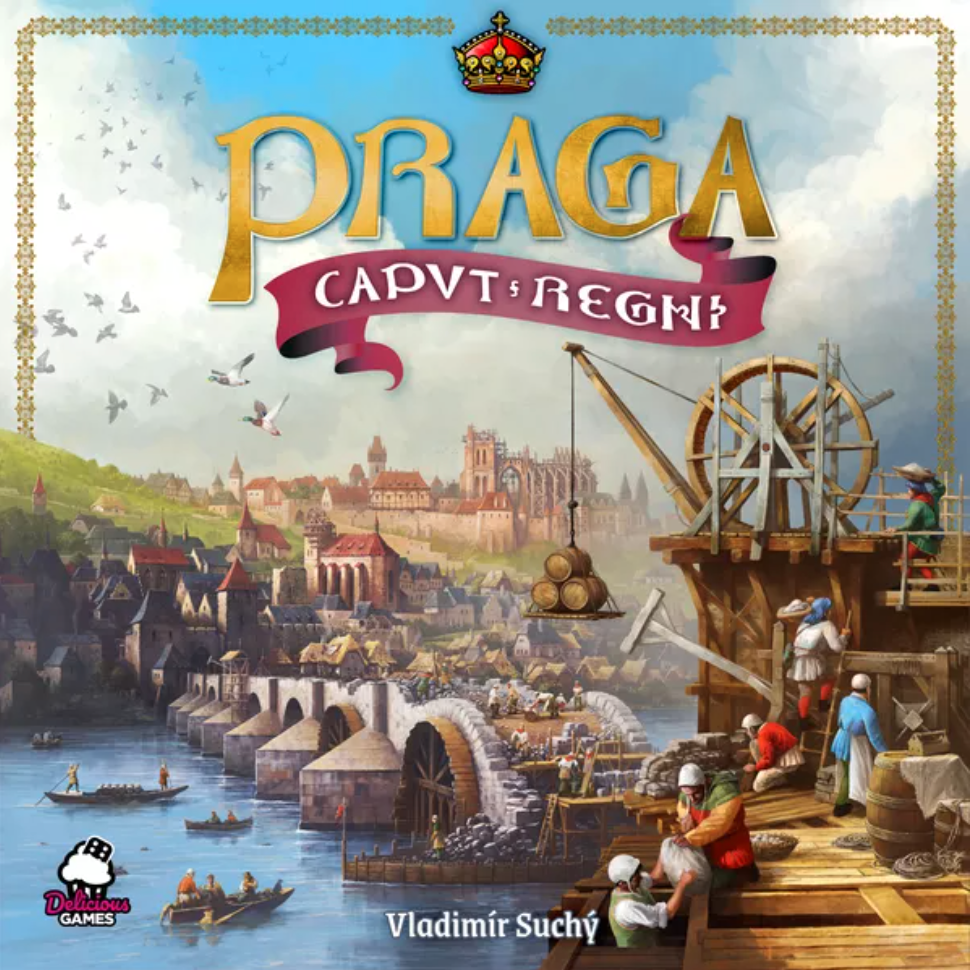
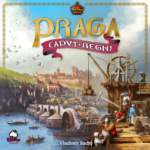
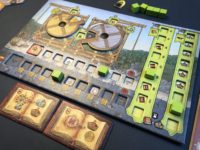
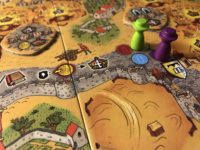





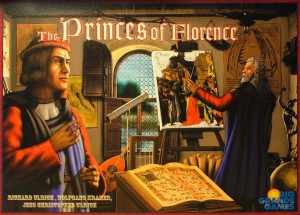
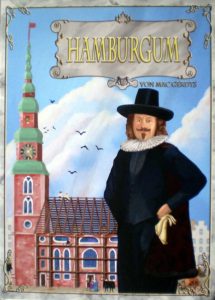
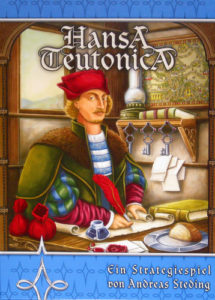
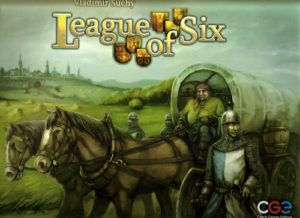
Sam says
Was Prague really built this way, with city bigwigs spinning a wheel of fortune to decide who did what? Of course not, but designer Vladimir Suchy is marrying two loves, it feels like: the city itself, and his love of game design - specifically the type where almost everything you do brings rewards. You can play Praga really badly - as I have - and still have it feel like you're being showered with presents. Play it well, and the game epitomises what some designers - Suchy among them - do ever so well, which is synergising the various actions, reactions, bonuses and rewards into something bigger than their component parts - suddenly everything seems to be working for you. Does it feel like you're medieval city constructors, or nobles playing politics with the King's favour? Not really. But that's not what Praga is trying to do - judge as the puzzle it's meant to be, where those 16 actions are all you get to join the various spinning cogs as best you can in your favour, and it's a spectacular success. Not one for family, perhaps - but as a thinky, shrewd, canny challenge, there are few better.